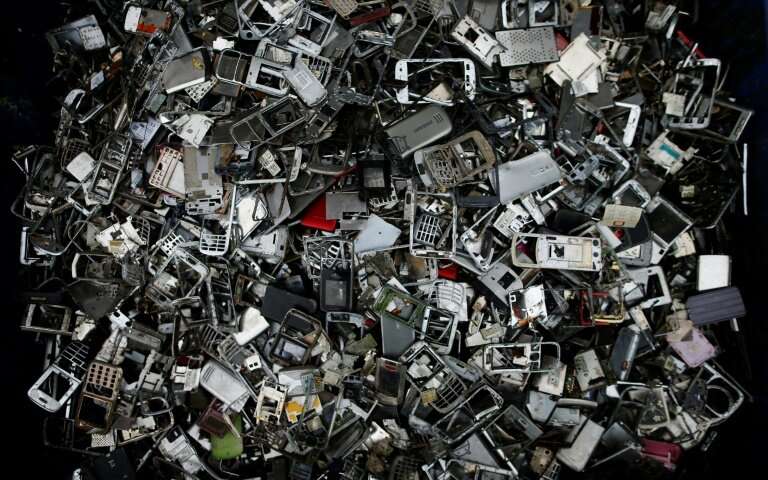11 Dec 2024

Tired Earth
By The Editorial Board

In a society where we are constantly encouraged to upgrade, the lifespan of most modern devices is little more than a few years. I have an Apple Macbook that I bought around 10 years ago that now looks and feels like a brick and the screen quality reminds me of something from the days of the Sega Megadrive (ok, perhaps a bit extreme, it’s not that bad).
I’ve also got a drawer full of old iPhone 3s and 4s, some with broken screens and others that are in perfect condition, but literally have no use as they are no longer supported by software updates or able to run most of the modern apps we know and rely on for both work and social interactions.
The knock on effect of this is that we are churning through technology at a rapid rate, more than we really need to be. If it wasn’t for big tech giants continually releasing the latest models, we’d probably all still be happy rocking around with our devices from 2010. As it is, we’re getting rid of millions of tons of e-waste every year for no real reason, and it’s getting worse.
An article in ScienceNews revealed that in 2014, the world collectively threw away an astounding 44.4 million metric tons of unwanted ‘e-waste’. This included devices such as laptops, smartphones and televisions. Figures by Global E-Waste Monitor 2020 have predicted that the level of e-waste is set to rise to around 74.7 million tons by 2030, roughly eight times the weight of China’s Three Gorge’s Dam. This figure was compiled prior to the COVID-19 pandemic and so doesn’t take into account any further impact that this global crisis will have on levels of e-waste.
Having admitted to owning my fair share of defunct devices, I’ll admit that I have not really looked into recycling these properly. The furthest I have gone is to check whether sites like Mazuma Mobile would buy them off me for some cash and when their response was ‘no sorry too old’ they just got stuffed back into the dusty old drawer from which they came. I am not alone in my lack of environmental proactiveness, as the same report revealed that only 17.4% of e-waste generated in 2019 was recycled. (Note to self, go back to the dusty old drawer, find former devices and ensure they are sent off for appropriate recycling).
One of the biggest reasons for responsibly disposing of e-waste is because of the chemical components housed within them. Many of these can be dangerous and harmful when released into the environment. Another interesting fact is that many of the raw materials used to make these devices are in fact extremely valuable if extracted and sold on. Everything from gold through to iron and copper can be recovered and reused, and out of the estimated $57 billion value of 2019’s haul of e-waste, just $10 billion of this was recovered through recycling.
E-waste also has an impact on global warming, primarily because it means that more materials are being mined and manufactured to produce new devices instead of utilizing the materials from existing devices. In much the same way as cutting down new trees for paper instead of recycling used paper, it is clear that we could be doing much more to ensure that our old devices are reaching the right home when they come to the end of their lives.
Consumerism is driving forward the need for continued innovation in the tech field, but equally, we are also being led by these companies who are manipulating us into desiring features we didn’t even know we needed. We can all agree that some of the latest models do include some pretty impressive technologies and functionalities, but if we curbed the models released by giants such as Apple to half, would we really notice the difference? If as consumers, we refused to rise to the bait presented to us, could we in some way also impact the speed of production?
It would seem to me that the companies responsible for creating this waste in the first place should be doing more to tackle the growing problem of e-waste. Trade-in incentives should become standard and even more incentivized to encourage us to hand in our old devices once we no longer need them. Introducing a new range of devices which are made from 90% recycled parts could also encourage consumers to be more mindful about the origins of the devices they are purchasing. There is clearly a long way to go, but by raising alarm bells earlier, we can take steps to address the growing problem of e-waste and pressure those in the industry to take more responsibility to help dispose of devices in the most environmentally friendly way possible.
Source : thenationaldigest.com
Comment